Top 10 Best Enterprise System Companies in India 2023
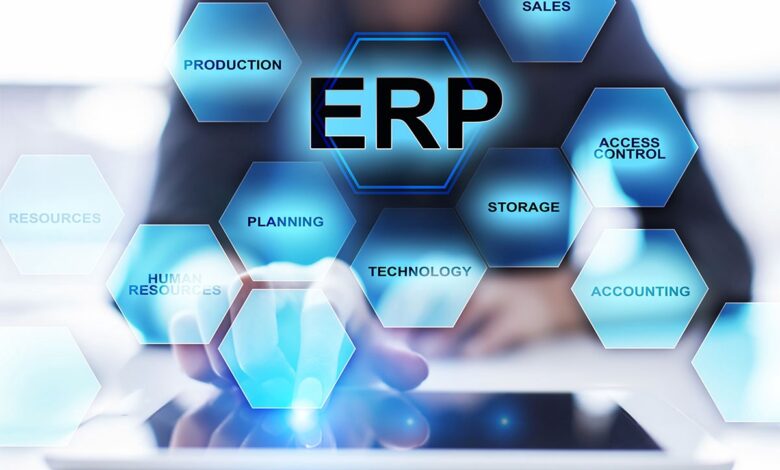
Enterprise software, often known as enterprise application software (EAS), is computer software intended to serve a company’s needs rather than those of a single user. Businesses, schools, interest-based user groups, clubs, charities, and governments are a few examples of these organisations.
These pieces of software are assembled into an enterprise system. An information system (based on computers) component is enterprise software. These systems oversee a component of an organisation’s operations with the goal of enhancing management and business reporting duties. The designs must be dispersed across a number of networks and analyse data quickly.
Business process management includes, for instance, enterprise content management, IT service management, customer relationship management, enterprise resource planning, human resource management, manufacturing, occupational health and safety, and more. Enterprise software typically offers business-oriented tools like online shopping and payment processing, interactive product catalogs, automated billing systems, security, and more.
Because corporations have related divisions and operations, enterprise software is typically offered as a collection of customised solutions. These devices often need specific knowledge and abilities due to their intricacy. Enterprise computing refers to the information technology (IT) solutions that businesses use to support their back offices and operate their operations more effectively.
Database management, customer relationship management, supply chain management, business process management, and other IT tools are examples of other IT tools. A set of computer programmes known as “enterprise software” may be used to create custom applications as well as fundamental business applications and modelling tools for understanding how a whole organisation functions.
Instead of focusing on department-specific issues, the programme is made to address enterprise-wide issues. Business logic support elements are provided by enterprise-level software in an effort to increase productivity and efficiency inside the organisation.
Quoting Martin Fowler, “Enterprise applications are about displaying, analysing, and storing enormous amounts of usually complicated data, as well as supporting or automating business actions with that data.”
Performance, scalability, and resilience are typical corporate software features, despite the fact that there is no set list. Corporate software also frequently has links with other enterprise software and is managed centrally.
Among other company operations, enterprise application software enables order processing, purchasing, production scheduling, customer information management, energy management, and accounting. It often resides on servers and offers several users concurrent services across a computer network. A single-user programme, on the other hand, runs on a user’s own computer and caters to just one user at a time.
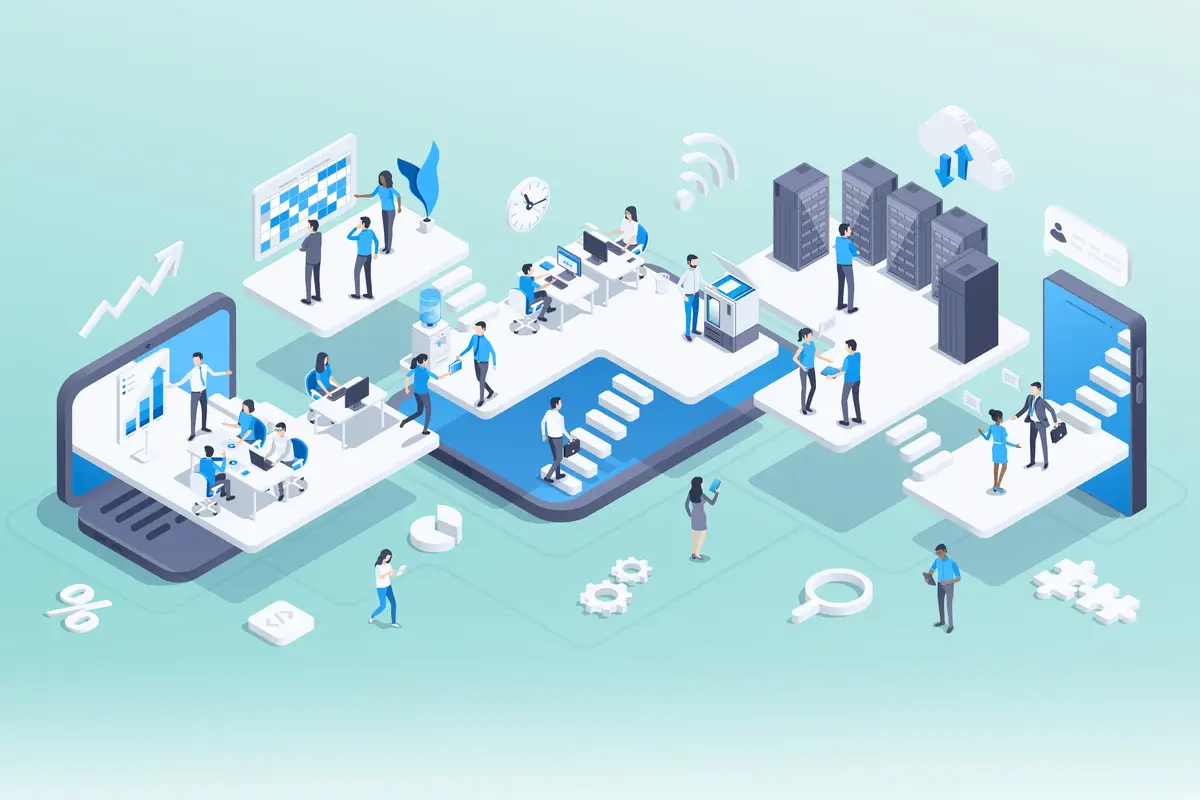
Enterprise systems are large-scale enterprise software programmes that enable corporate processes, information flows, reporting, and data analytics in intricate organisations (ES). Even though packaged enterprise application software (PEAS) systems make up the majority of ES, they can also be specialised, specially constructed systems created to satisfy the needs of a particular industry.
Enterprise systems include things like customer relationship management software, ERP (enterprise resource planning) systems, and enterprise planning systems.
Data warehousing and business intelligence systems are enterprise-wide packaged application software that ES vendors typically promote; but, because they do not immediately assist in the execution of business processes, they are occasionally left out of the phrase.
Databases and software platforms like Oracle Fusion and SAP NetWeaver make up enterprise systems.
Enterprise systems are the servers, storage, and supporting software that big businesses use as the hardware foundation of their IT infrastructure. These systems are designed to manage enormous volumes of crucial data. The main design goals for these systems are high transaction performance and data security.
Let’s have a look on the Top 10 Best Enterprise System Companies in India 2023 –
1. Acumatica
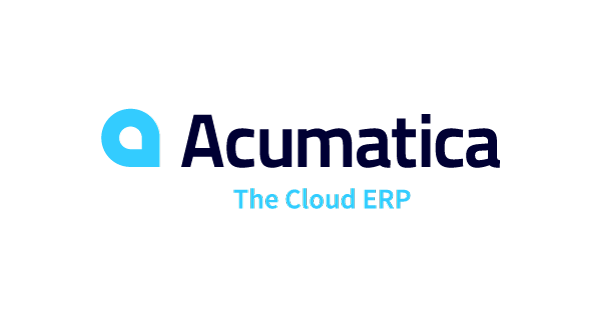
A software firm called Acumatica focuses on providing SMBs with cloud- and browser-based enterprise resource planning (ERP). Founded in 2008, it. (SMBs). In Bellevue, Washington—a city that is a part of the Seattle metropolitan area—is where the corporation is headquartered.
In November 2008, Acumatica introduced its first product, Acumatica ERP, along with a financial demonstration. The next year, on-premises and SaaS software versions were released. The business then published their distribution software in April of 2010.
In September 2011, Visma made an investment in Acumatica.
In 2013, not long after relocating to Kirkland, Washington, Yury Larichev was named the company’s chief executive officer.
In March 2013, the business announced version 4.0 of its ERP package, which featured a redesigned user interface and Acumatica Studio for creating ERP applications.
The new CEO was introduced in March 2014 and is a former Microsoft vice president called Jon Roskill. The business unveiled its xRP Cloud Platform two months later. In the fall of 2014, a new suite called Acumatica 5.0 was made available in beta.
A project managed by MYOB resulted in funding for Acumatica of close to $13 million in 2014. A $25 million Series C round of fundraising was spearheaded by Silicon Valley-based technology investment firm Accel-KKR in June 2018. The funding will advance the software’s machine learning and artificial intelligence (AI) capabilities.
In June 2019, the private equity company EQT Partners bought the software company Acumatica.
In December 2019, Acumatica established a partnership with the accounting and consulting company BDO USA, and in April 2020, it acquired JAAS Advanced Manufacturing Software from JAAS Systems.
2. Oracle NetSuite
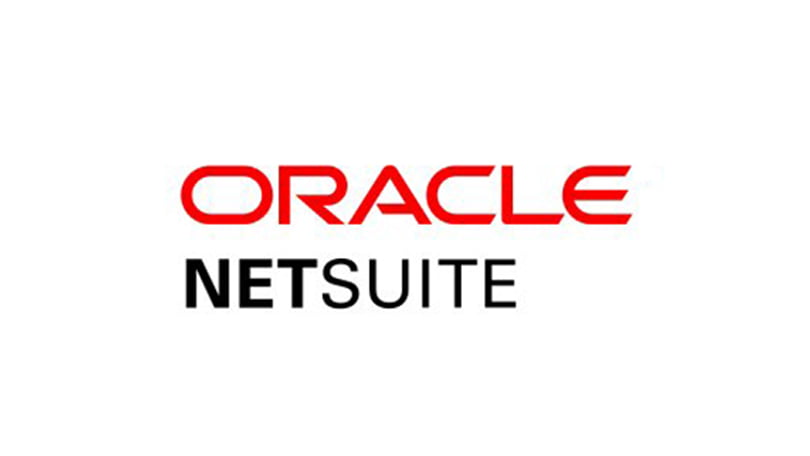
The second spot in the top 10 list belongs to Oracle NetSuite, which is a fantastic and deserving placement.
One of Oracle NetSuite’s numerous benefits is that it was one of the earliest software-as-a-service platforms. It has spent its whole existence on the cloud since it entered the market 20 years ago, long before any other suppliers sought to catch up. Its architecture was developed with the cloud in mind.
As a result, NetSuite may be a logical next step in your digital transformation if you are a fairly typical small or mid-market organisation looking to upgrade from QuickBooks or a fundamental accounting system.
Particularly for small and mid-sized organisations, Oracle NetSuite has a somewhat high cost. It has a recurring subscription model and may accrue several hidden costs over time, making it potentially quite expensive.
We’re starting to run across more problems with Oracle NetSuite setups, which is another reason it wasn’t placed #1. When marketing Oracle NetSuite, it seems like they are sometimes getting ahead of themselves. Make sure you comprehend whether Oracle NetSuite can actually help you achieve your goals and that the advice you’re receiving is objective.
Last but not least, compared to other systems on the market, Oracle NetSuite lacks flexibility. In comparison to Microsoft D365 or Oracle ERP Cloud, NetSuite is more difficult to change if you don’t like the way it was created. Part of what holds it back from being more advanced than other systems is its lack of adaptability, but it’s still a fantastic option.
3. Infor CloudSuite
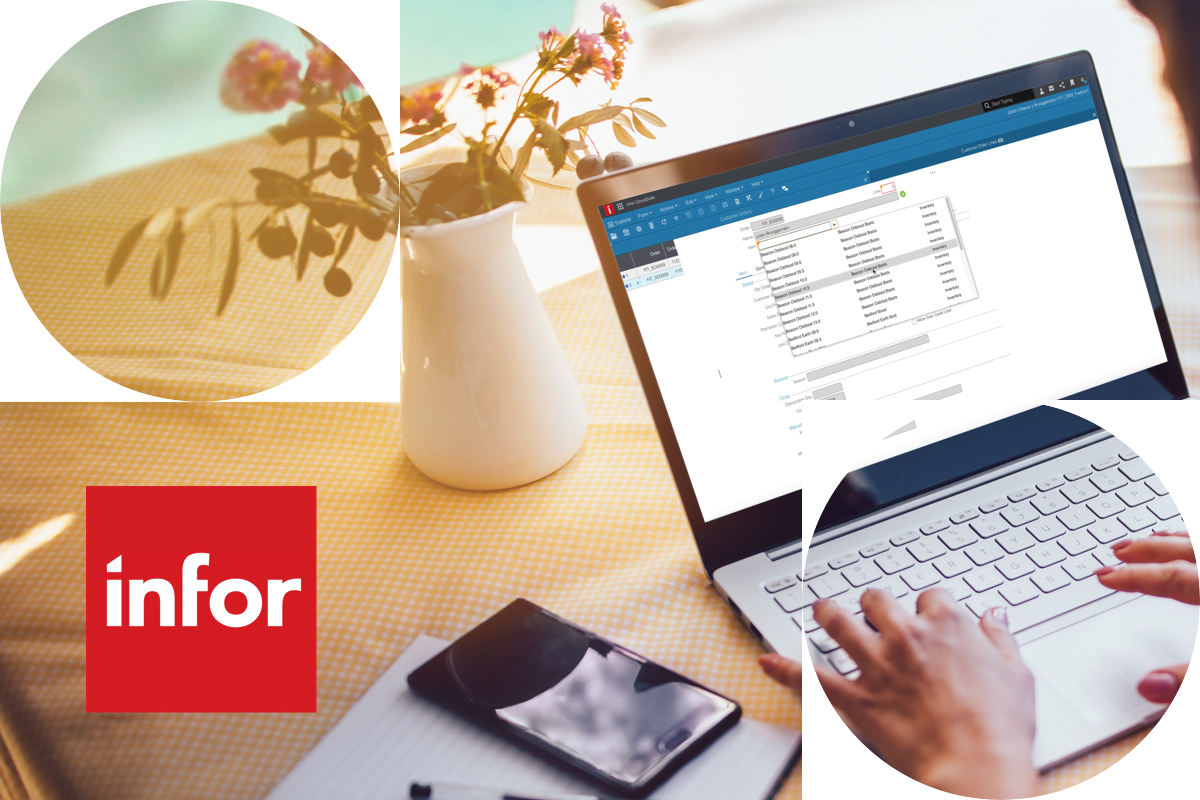
On our list, Infor CloudSuite is placed third. One of the goods that has improved this year is this one. However, it is important to note that the Infor CloudSuite canopy is rather expansive and could be a little misleading because it covers a variety of systems. Although there are still areas of other products with which they interact, they are trying to rebrand the product as CloudSuite.
The broad Infor CloudSuite umbrella includes many robust, reliable, and varied business processes and capabilities. These can be helpful in a variety of situations, especially for distribution and manufacturing businesses, but we’ve also seen Infor used well by non-manufacturing businesses.
Due to Koch Industries’ substantial investment in the company’s purchase, they have high R&D costs. The main drawback of Infor, like every other product on our list of the top ten, is choosing which systems to combine to create the desired solution from the product roadmap. Make sure you choose the appropriate choice, whether it’s M3, Syteline, Nexus, or one of their other choices, since this can be confusing or even terrifying.
4. IFS

We have IFS at the fourth spot. Great product that is strong enough to rank in the top five and has done so since it is a well targeted solution. It concentrates on businesses in the industrial, manufacturing, and distribution sectors, rather than attempting to be everything to everyone. For businesses that perform a lot of project management, asset management, or maintenance and repair tasks, IFS is a great fit.
There are various solutions that can provide a range of capabilities to satisfy a variety of clients’ expectations, even if this rating is an overall, generic one. You may even place IFS top on your list if your organisation falls within IFS’ sweet spot.
It all comes down to identifying the product’s advantages in relation to your needs. If a product has a user-friendly user interface, significant R&D funding is invested in the product itself. The company is also expanding its network of value-added resellers and implementation partners. This investment in the company’s future growth will guarantee its success.
The product’s drawback is that it costs more than some of the available substitutes. We’ve found that using IFS will cost you a bit more money overall, but if it’s the right match for you, you’ll get better capabilities. Due to the fact that many firms have never heard of IFS, its other significant drawback is mostly one of perception.
IFS is a European company with a significant presence there. They want to increase their market share in other parts of the world while they are still expanding. Regarding referenceability and having peers who use the product, IFS won’t have as many users as some of the other products in our top 10 list. With that in mind, IFS has earned a slot at number five on our list.
5. Oracle ERP Cloud
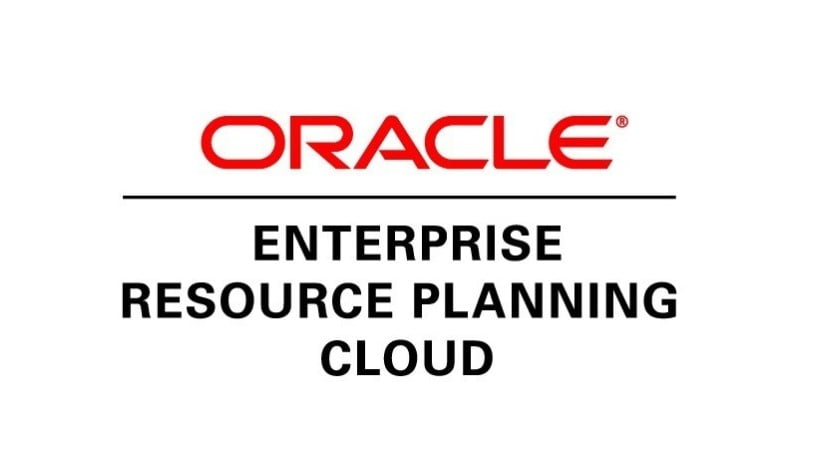
On our list, Oracle ERP Cloud is placed third. One of the benchmarks for SAP and bigger Fortune 1000 businesses. When we compare Oracle to SAP Cloud and discuss why Oracle is superior, we see that Oracle’s flexibility is the main factor. Compared to S/4HANA as a whole, it is something that can be more simply adjusted.
Because Oracle ERP Cloud is still in development, it shares many of the same challenges as SAP. The system still lacks a great deal of modern production capabilities. In particular, if you’re a diverse, bigger, and more complex company that values flexibility and ease of connection, Oracle ERP Cloud is a very thorough and reliable platform that may satisfy a wide range of industrial demands.
In 2012, Oracle Corporation unveiled Oracle Enterprise Resource Planning Cloud, a collection of cloud-based ERP software programmes. One of the enterprise services offered by Oracle ERP Cloud is procurement. Other enterprise services include accounting and financial management.
A complete software-as-a-service solution for managing business operations is Oracle ERP Cloud. In Oracle’s cloud data centres, the suite is powered by an Oracle technology stack. Both public and private clouds, as well as hybrid deployment, are supported by Oracle ERP Cloud. At least twice a year, Oracle publishes upgrades for Oracle ERP Cloud. The company’s website lists nine primary software components that make up the Oracle ERP Cloud suite:
- Financials
- Accounting Hub
- Procurement
- Project Management
- Risk Management
- Enterprise Performance Management (EPM)
- AI Apps for ERP
- Supply Chain Management (SCM)
In March 2017, Oracle ERP Cloud attained HIPAA certification. The software package has the functionality needed to manage duties for global enterprises, including multi-GAAP, multi-currency, multi-language, and multi-subsidiary.
6. Microsoft Dynamics 365
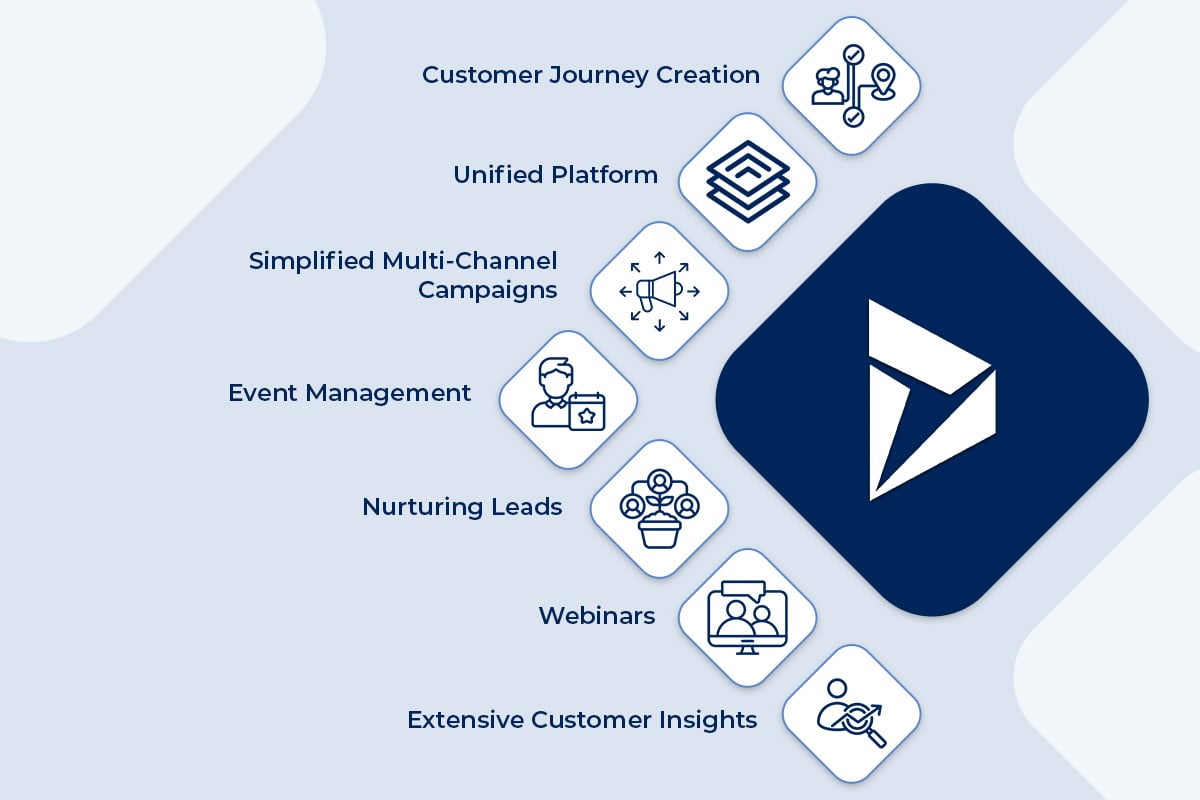
The second-placed Microsoft D365 system from the previous year has ascended to the top of the list. One of the primary factors contributing to D365’s top ranking is the fact that it provides two alternate alternatives. For small and medium-sized firms, there is Business Central, whereas for bigger, more advanced organisations, there is Finance and Operations.
It is a collection of intelligent business solutions for customer relationship management (CRM) and enterprise resource planning (ERP) that Microsoft introduced in July 2016 and made available on November 1, 2016. There are two editions: an Enterprise Edition with a number of CRM apps and a Financials application based on the “Madeira” project for the Business Edition (field service, sales, project service automation, and customer service).
On July 1st, 2017, the CRM software in the Dynamics 365 line of products underwent a name change to “Customer Engagement Plan.” The ERP application is now known as Microsoft Dynamics 365 for Finance and Operations, but it is only made available as a part of the “Unified Operations Plan,” which also includes the stand-alone products Dynamics 365 for Talent and Dynamics 365 for Retail. The “Dynamics 365 Plan” is created by combining the two programmes.
When compared to Oracle NetSuite or SAP S/4HANA, many firms are accustomed with that user interface and appreciate the flexibility that D365 provides.
The D365 system can be changed, but it does not always imply you should. By over-customising the system, many businesses run into problems throughout the deployment phase. The simplicity with which Microsoft Dynamics may be integrated with other programmes and the fact that it has the recognisable Microsoft interface are two further appealing features. These are typical explanations for why many customers select D365.
7. SAP S/4HANA
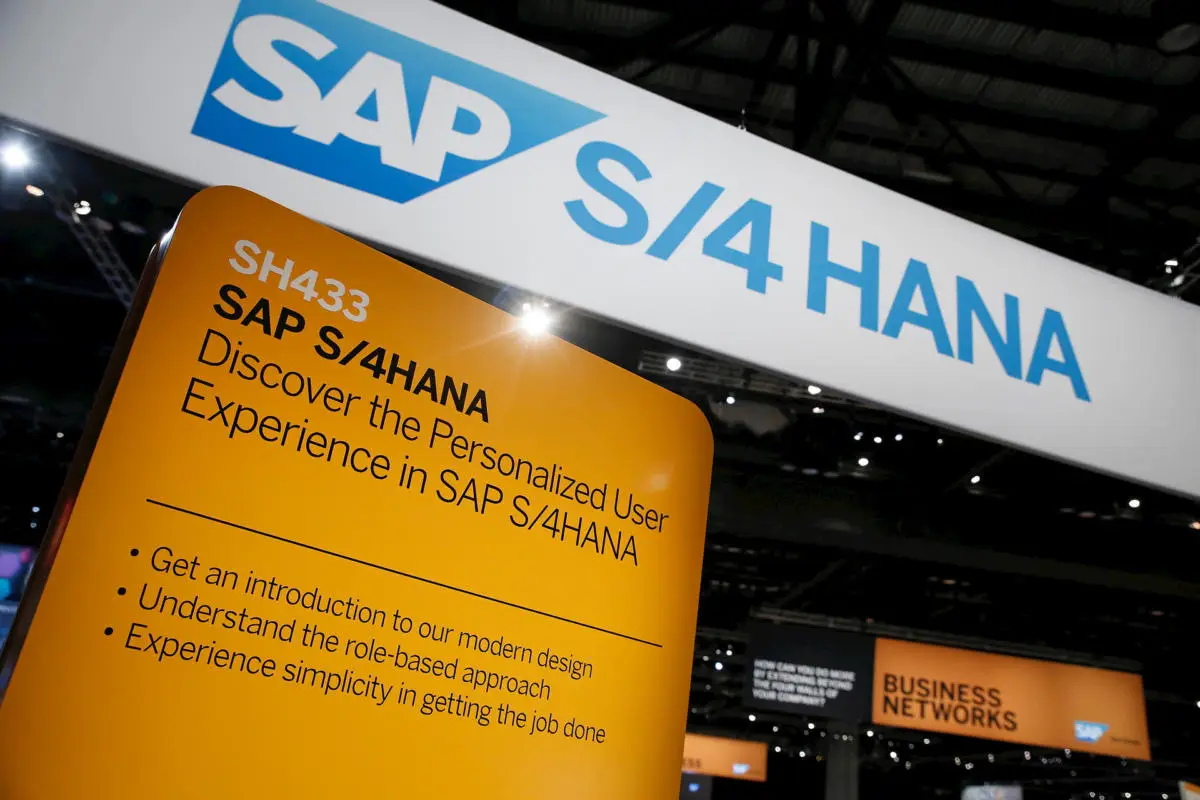
Built on SAP HANA, the company’s in-memory database, SAP S/4HANA is SAP’s enterprise resource planning (ERP) solution for large enterprises. It is the replacement for SAP R/3 and SAP ERP.
The product is a suite of enterprise resource planning (ERP) software that covers all routine operations and core characteristics of a business, including order-to-cash, procure-to-pay, plan-to-product, and request-to-service. It incorporates functionality from lines of business and industry solutions as well as components of SAP Business Suite products including SAP SRM, SAP CRM, and SAP SCM.
Because it only functions with the SAP HANA database, SAP Business Suite 4 is bundled as SAP S/4HANA. Traditional R3, ERP, and ECC business suites from SAP as well as associated solutions were created to work with a number of other database architectures, including Oracle, Microsoft, and IBM.
SAP programmes like SAP ERP and SAP Business Suite may now operate on the SAP HANA database and other compatible database systems thanks to the SAP HANA platform, which has been available since 2010.
The new suite, SAP S/4HANA, was launched at the New York Stock Exchange on February 3, 2015. The on-premise edition was released at the event, together with the cloud and on-premise editions. The cloud edition was introduced on May 6, 2015, at SAPPHIRE NOW, SAP’s annual client conference, in Orlando, Florida.
The company’s most important ERP strategy and platform revamp in more than two decades is said to be SAP S/4HANA. Following its debut, SAP S/4HANA was described as a “transformational change” by Gartner analysts, however it also expressed worries about its capabilities, availability, cost, and migration.
At the time of April 21, 2015, 370 clients had acquired S/4HANA. The extraordinary rise of SAP was confirmed in the first half of 2015. In October 2015, SAP declared that there were more than 1,300 users using S/4HANA. Continued increase was observed in 2015’s third quarter.
Following the release of its third-quarter earnings report, SAP reported an increase in SAP S/4HANA customers to 1,300. As of the conclusion of the 2016 fourth quarter, 5,400 customers have adopted SAP S/4HANA, according to SAP. 8,900 persons made up the product’s client base at the end of June 2018.
Many ERP systems do the same thing. In the world of software as a service, the product’s rivals include Oracle, Infor, Microsoft, and Workday, Inc.
8. Salesforce/ FinancialForce
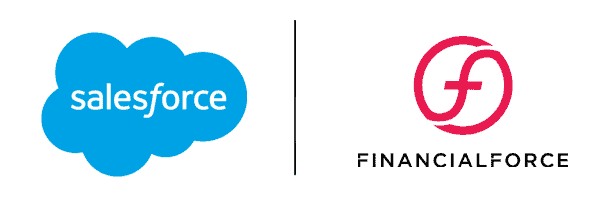
The eighth-placed firm is Salesforce. For organisations looking for a best-of-breed and flexible solution, Salesforce is a great choice. New systems or modules can be added as the business expands to meet a variety of demands. The drawback of this flexibility is that many businesses feel it adds integration and cost complexity.
9. Odoo
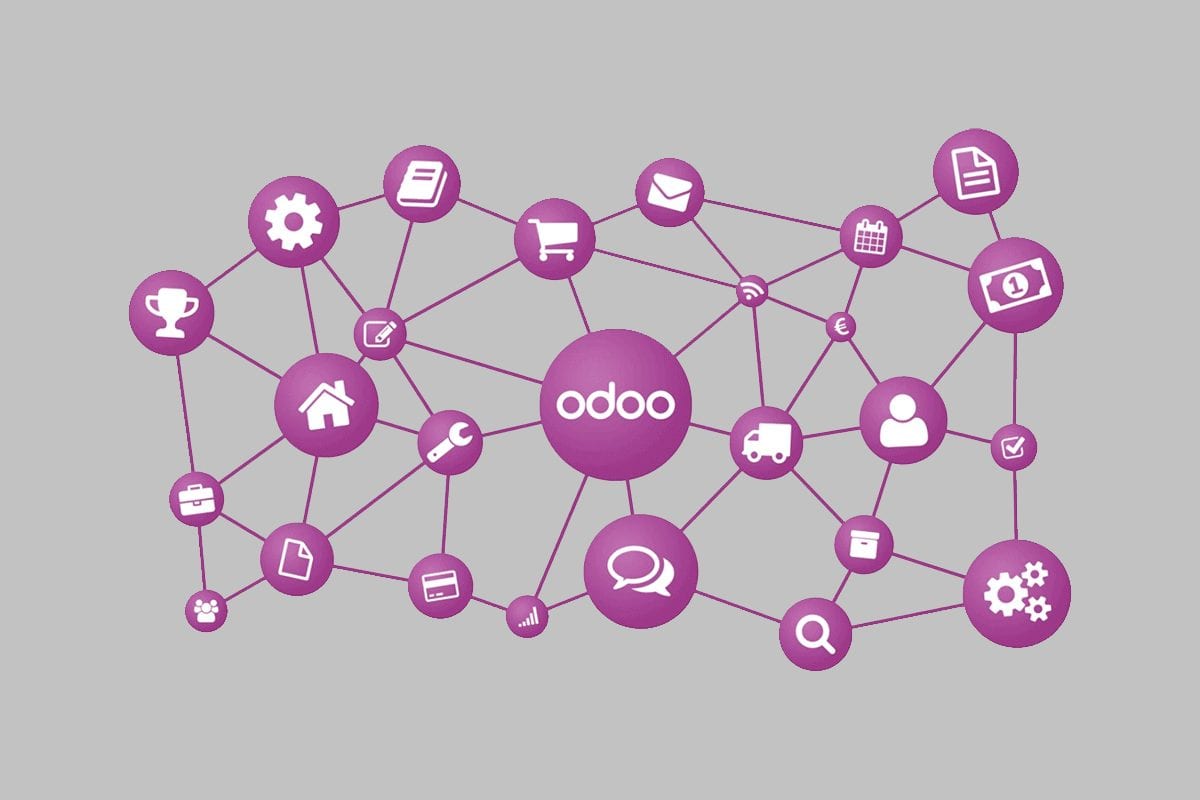
The open-source ERP programme Odoo is ranked ninth on our list. Odoo is a collection of company management tools that includes, among other things, functionality for project management, inventory control, manufacturing, e-commerce, billing, accounting, and manufacturing.
The GNU LGPLv3 license, which applies to free software, regulates the Community version. A number of premium features and services are only available in the Enterprise edition. The framework’s and essential ERP modules’ source codes are maintained by Odoo S.A., a Belgian company. Both an on-premises solution and a ready-to-use SaaS solution are available for Odoo.
10. Sage X3
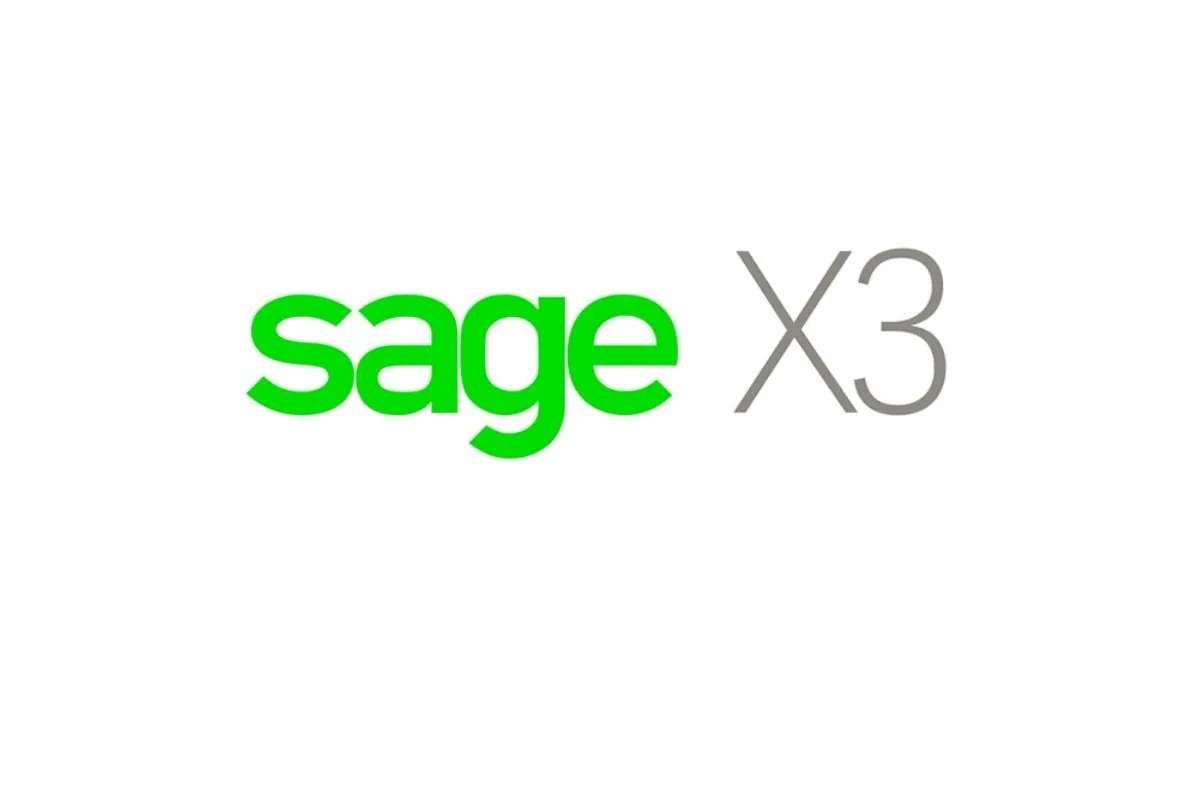
The tenth-place finisher is Sage X3. In general, Sage X3 is an excellent option; it is a core financial system appropriate for both manufacturing distribution and non-manufacturing distribution enterprises.
Despite its limitations, Sage X3 is a great tier-II alternative to some of the more established ERP vendors on the market. It isn’t as scalable for large and complex enterprises as other items on our top 10 list. If you are a more well-known, more sophisticated global company, it can go beyond what you need.
The user interface, however, isn’t as streamlined or user-friendly as some of the other systems available. With all of that said, Sage X3 deserves a slot at number ten on our list.
For established businesses, Sage Group offers Sage X3 enterprise resource planning software. The programme was formerly known as Sage ERP X3, and it is offered in several of Sage’s markets.
In 2005, Sage acquired the Adonix X3 product line, which later became Sage X3. Sage ERP X3 and Sage X3 were the new names, respectively. It had a lengthier tenure as Sage Business Cloud Enterprise Management, a component of Sage’s Sage Business Cloud solution, from 2017 and 2019, before reverting to its previous Sage X3 branding. Nucleus Research called the product a leader in ERP.
Sage Business Cloud Accounting and Payroll is a scaled-down version of Sage One, which was initially Sage One.
BOTTOM LINE –
The expansion of e-commerce and cloud computing in India has fuelled the demand for more adaptable business systems. Now that the need for highly scalable apps is rising, enterprises are having trouble maintaining their current infrastructure.
Enterprise software development enhances everyday operations and boosts business efficiency. Digital technology may help organisations increase the effectiveness of their operations, better manage the work of several departments, exchange information, and increase the transparency of internal business procedures.




